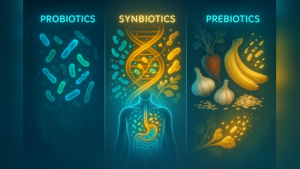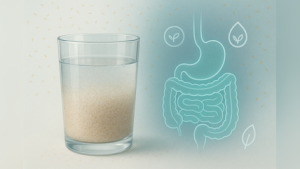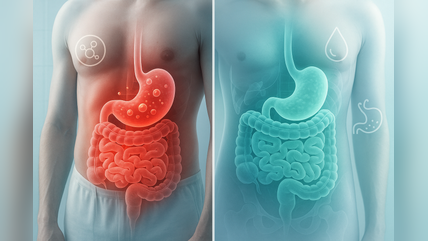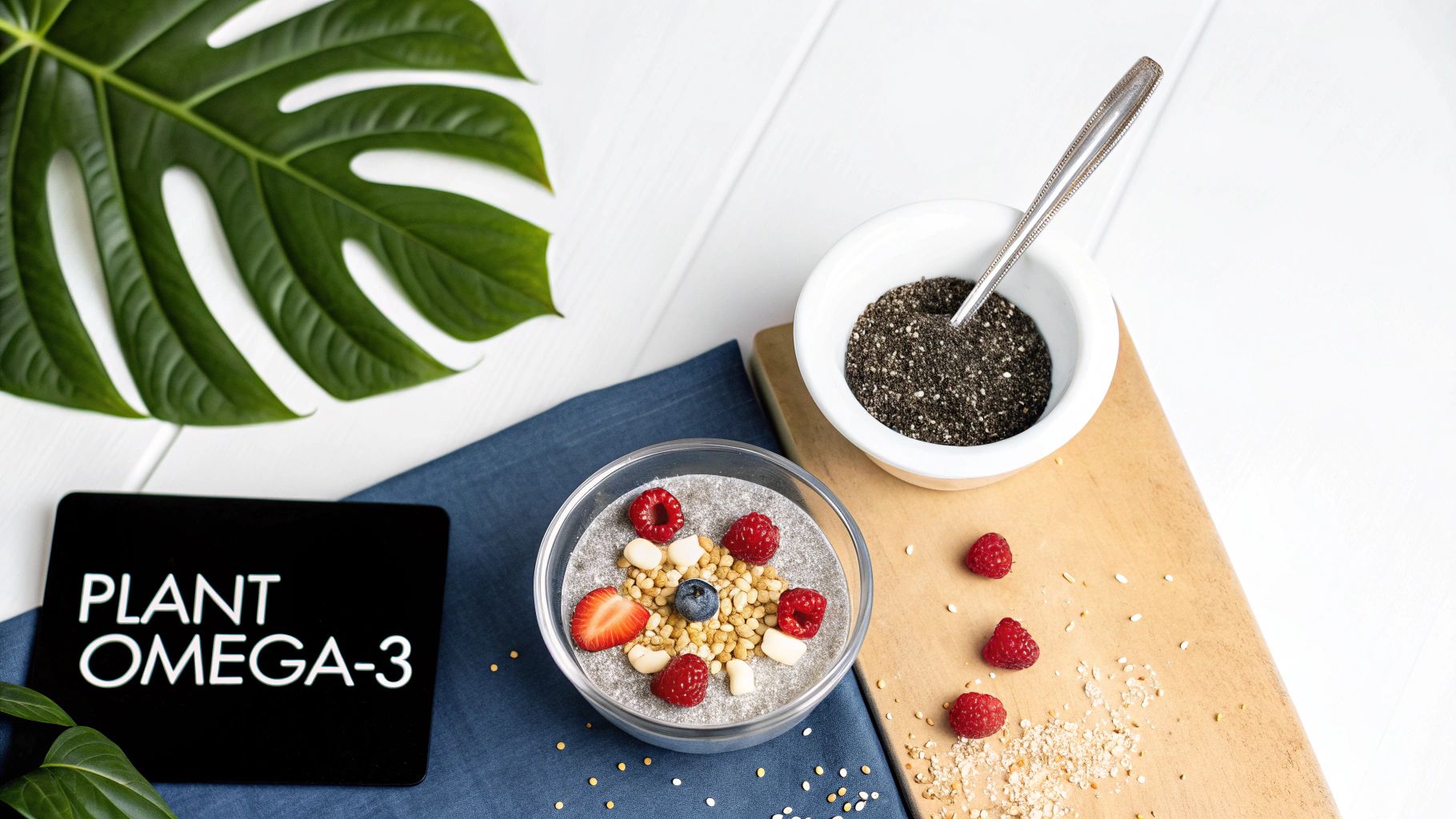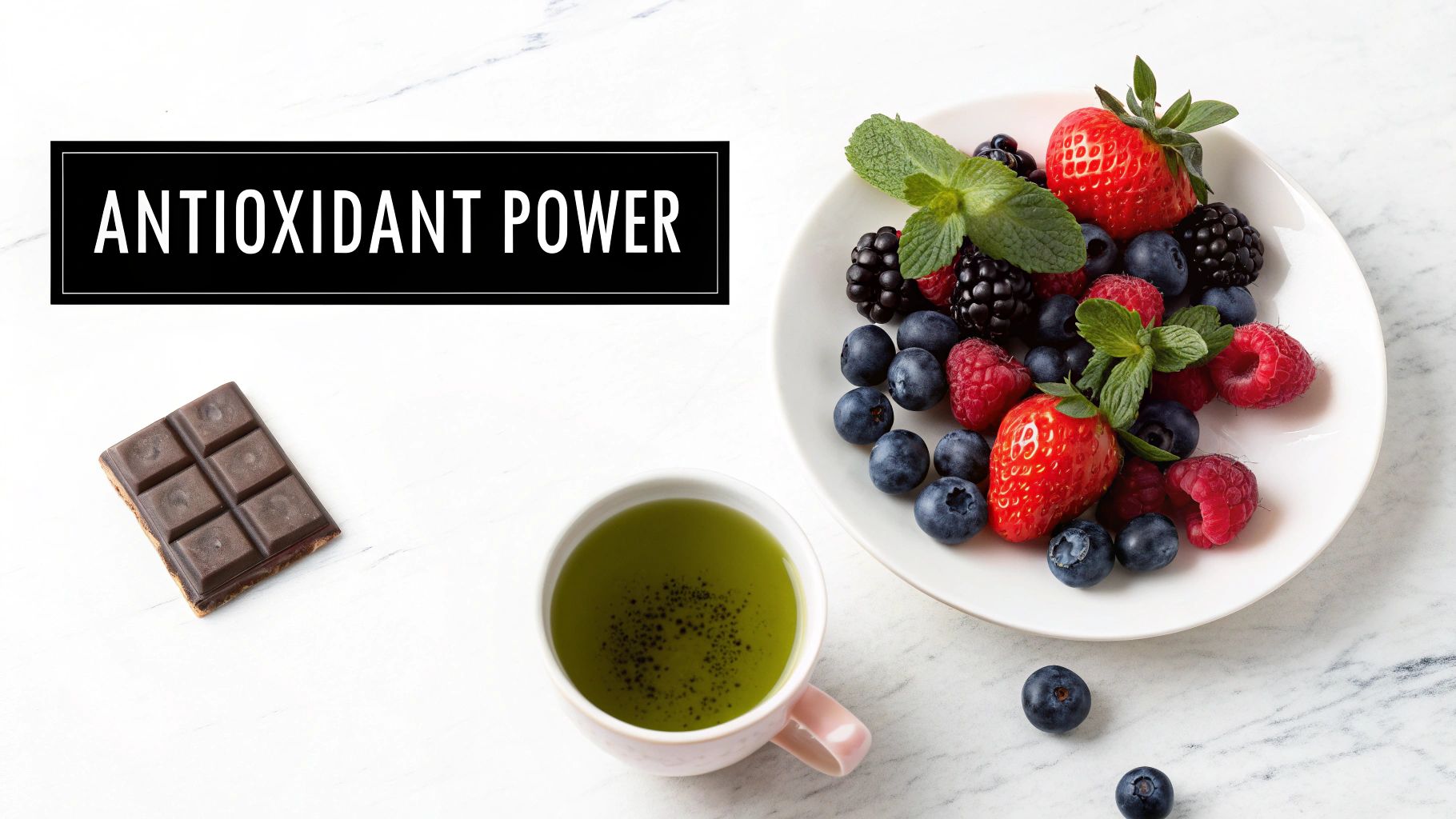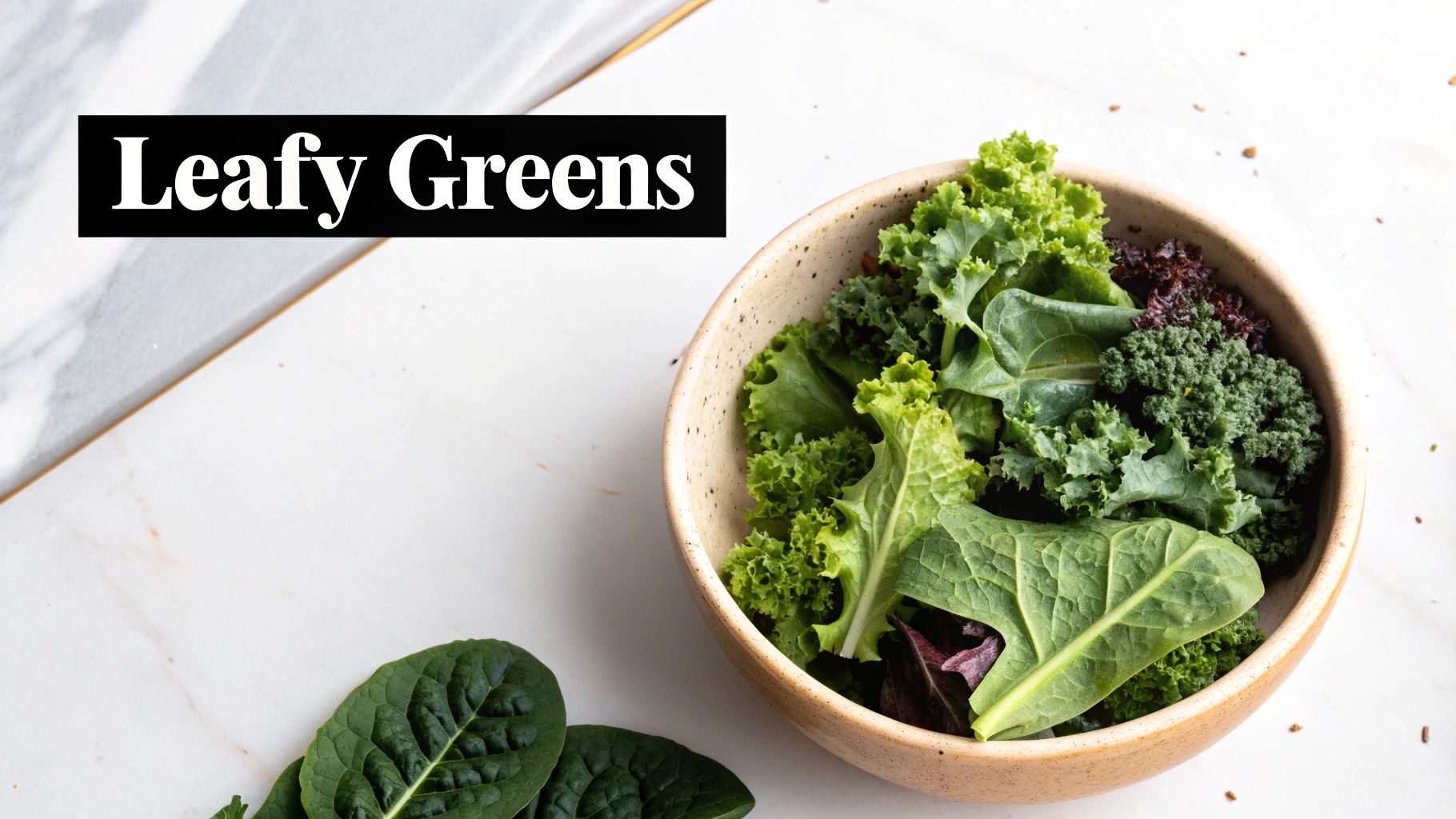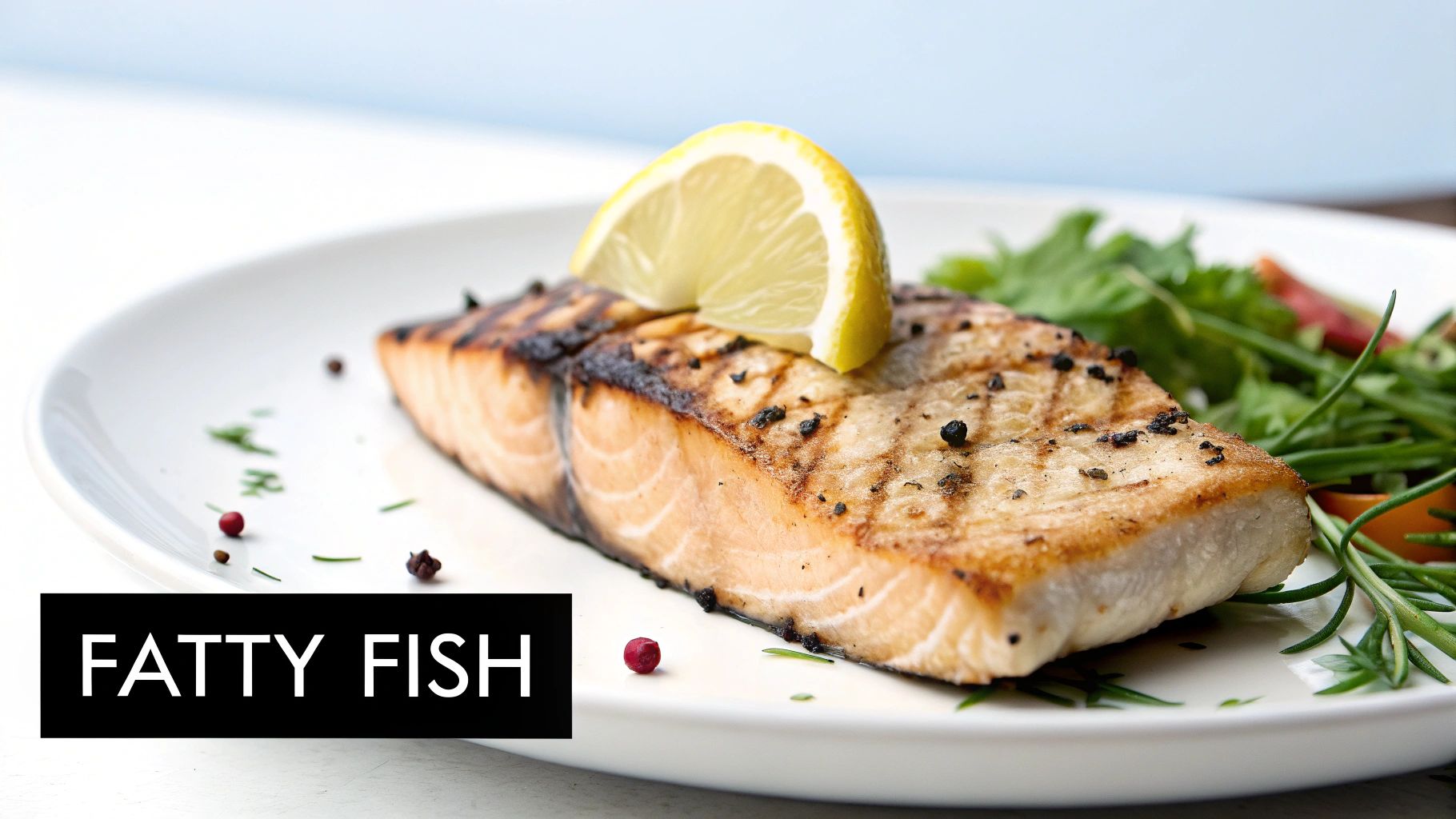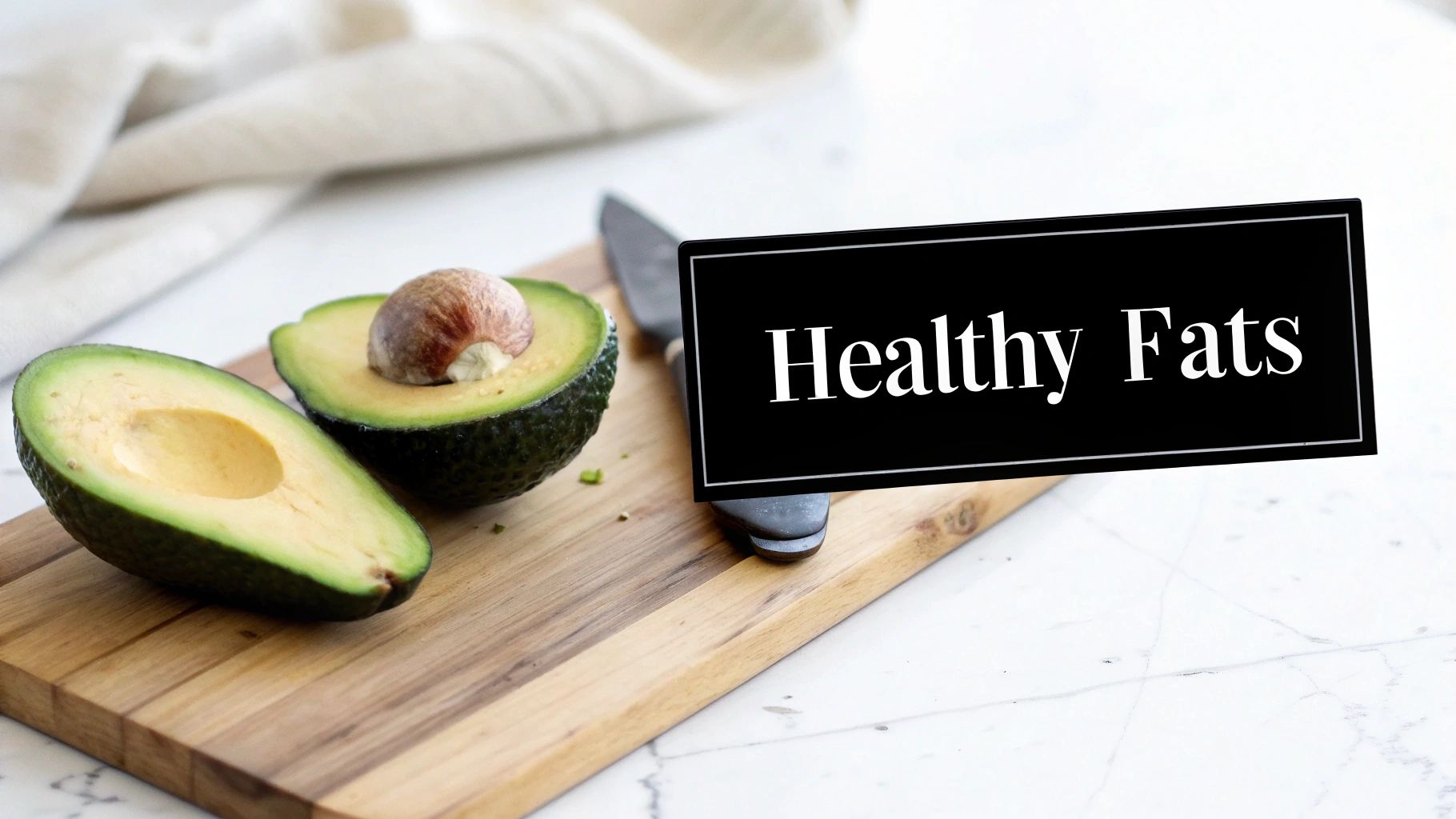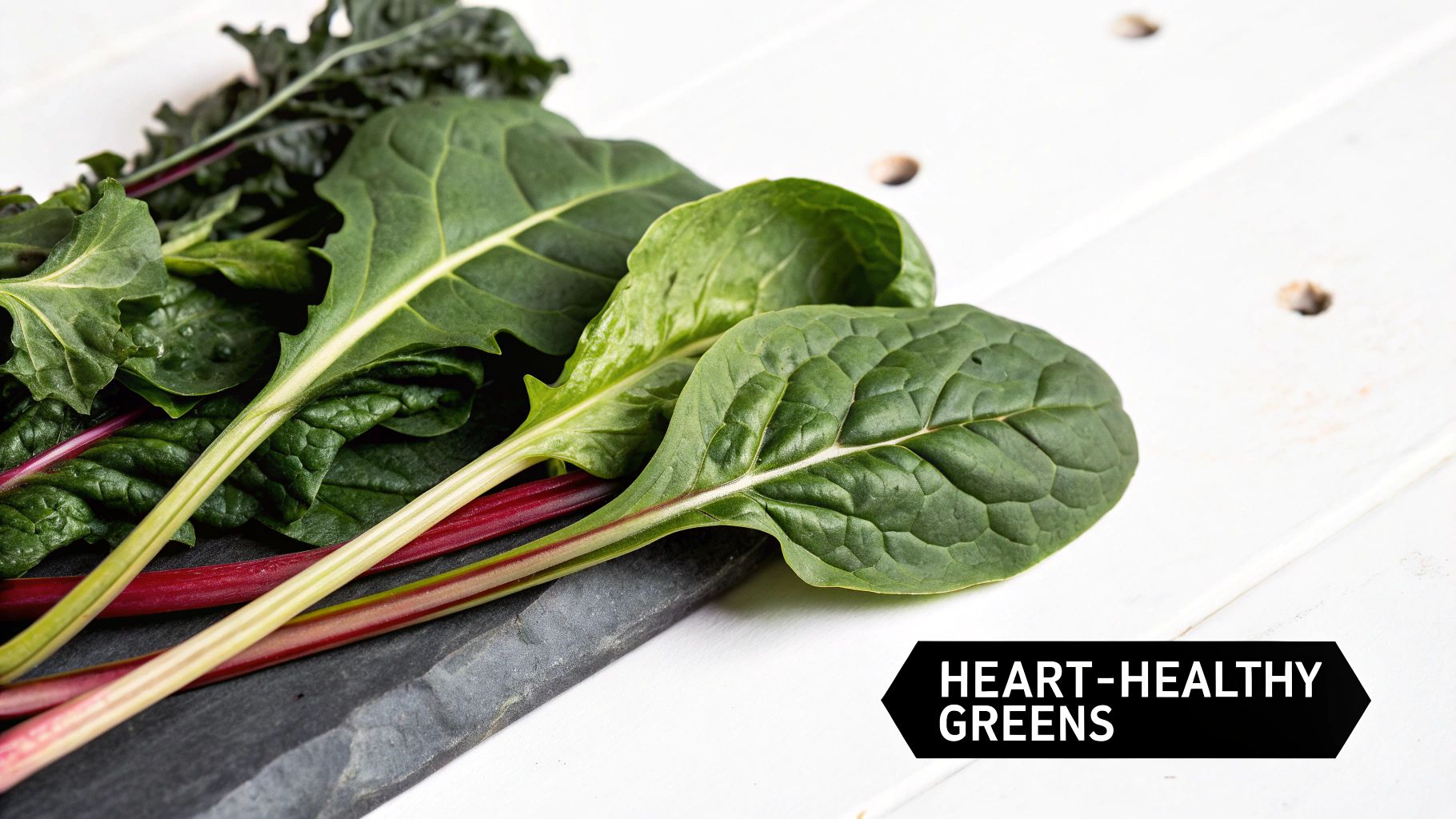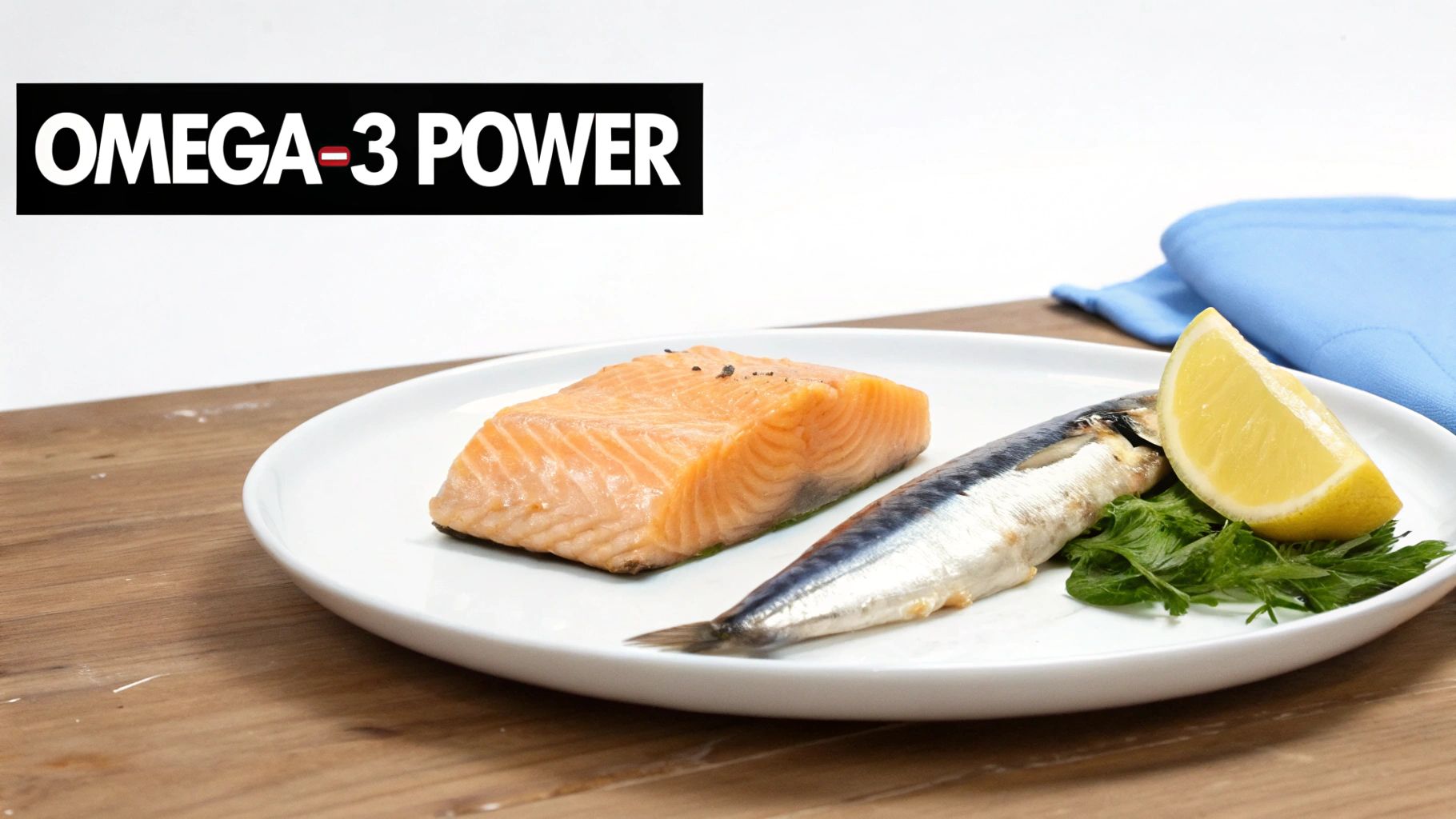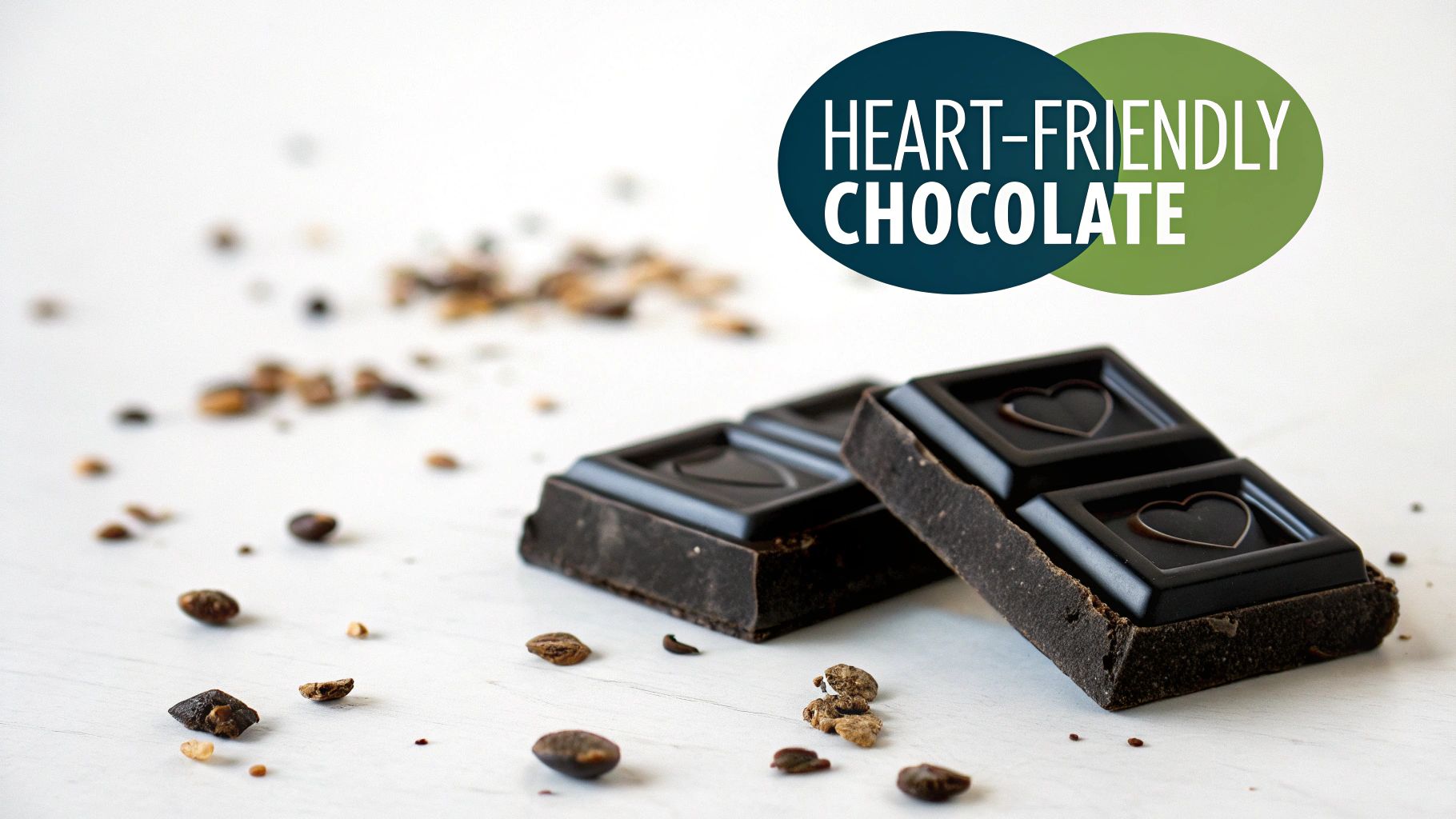Why People Use Bentonite Clay for Digestion
The bentonite clay detox trend has swept through wellness circles, promising everything from improved digestion to complete body detoxification. Social media influencers showcase their morning bentonite clay for bloating routines, while health blogs tout it as a natural bentonite clay gut cleanse solution. But behind the glossy marketing and testimonials lies a more complex reality that deserves careful examination.
The appeal is understandable. In an era of processed foods and environmental toxins, the idea of a natural substance that can “pull out” harmful compounds from our digestive system sounds compelling. People struggling with chronic bloating, irregular bowel movements, or general digestive discomfort are often willing to try anything that promises relief. However, the growing popularity of bentonite clay for digestive issues has outpaced the scientific evidence supporting its use, while concerns about safety have mounted among healthcare professionals and regulatory agencies.
This evidence-based review examines what bentonite clay actually is, evaluates the limited research on its digestive benefits, and most importantly, addresses the serious safety concerns that many enthusiasts overlook. Whether you’re considering bentonite clay for the first time or already using it, understanding both its potential benefits and real risks is essential for making an informed decision about your health.
What Is Bentonite Clay and How Does It Work?
Understanding what is bentonite clay requires looking at its geological origins. Bentonite is a clay formed from volcanic ash deposits that have weathered over millions of years. The primary component is montmorillonite, a mineral with unique physical and chemical properties that explain how bentonite clay works in various applications.
The distinctive bentonite clay properties include its ability to swell dramatically when mixed with water – expanding up to 15 times its dry volume. This swelling creates a porous structure with an enormous surface area. More importantly, bentonite clay has strong adsorptive capabilities, meaning it can bind to various substances on its surface through electrical attraction. The clay particles carry a negative electrical charge, allowing them to attract and hold positively charged particles, including some toxins, bacteria, and minerals.
When consumed, bentonite clay moves through the digestive tract largely unchanged. Proponents claim it acts like a sponge, binding to toxins, gases, and other unwanted substances before being eliminated in stool. However, this binding action is non-selective – the clay cannot distinguish between harmful substances and beneficial nutrients, which raises important safety considerations.
Types of Bentonite Clay (Sodium vs Calcium)
The sodium vs calcium bentonite distinction matters for those considering internal use. Sodium bentonite swells more dramatically and has stronger binding properties, making it popular for industrial applications and external use. Calcium bentonite, sometimes marketed as edible bentonite clay, swells less but is more commonly recommended for internal consumption.
The term food-grade bentonite is frequently used in marketing, but it’s crucial to understand that this designation doesn’t guarantee safety or purity. Unlike pharmaceuticals or even dietary supplements, there’s no standardized definition or regulatory oversight for “food-grade” clay products. Some products labeled as food-grade have later been found to contain concerning levels of heavy metals, highlighting the importance of third-party testing and cautious use.
Potential Digestive Benefits of Bentonite Clay
Despite limited scientific evidence, certain bentonite clay digestive benefits have been observed in specific contexts. Understanding these potential benefits – and their limitations – helps separate legitimate uses from exaggerated bentonite clay for gut health claims.
Support for Occasional Diarrhea
The most established use of bentonite clay diarrhea treatment comes from veterinary medicine and limited human studies. The clay for loose stools mechanism involves absorbing excess water in the intestines and potentially binding to bacterial toxins that contribute to diarrhea. Some pharmaceutical anti-diarrheal products actually contain refined clay compounds, lending credibility to this application.
A few small studies have shown that certain medicinal clays can reduce diarrhea duration in specific contexts, such as traveler’s diarrhea or irritable bowel syndrome with diarrhea (IBS-D). However, these studies often use specially processed, pharmaceutical-grade clays rather than the consumer products available online or in health stores. The evidence remains limited, and most gastroenterologists recommend proven treatments over clay supplementation.
Bloating, Gas, and “Detox” Claims
The popular use of bentonite clay bloating relief lacks robust scientific support. While some users report that bentonite clay gas relief works for them, no well-designed clinical trials have confirmed these effects. The proposed mechanism – that clay binds to gas-producing compounds or bacterial endotoxins – remains theoretical.
The bentonite clay detox claims deserve particular scrutiny. Our bodies have sophisticated detoxification systems involving the liver, kidneys, and intestines that effectively eliminate toxins without clay supplementation. The vague concept of “detoxing” with clay often lacks specific definitions of which toxins are being removed or measurable outcomes. While bentonite can bind to certain substances in laboratory settings, this doesn’t automatically translate to meaningful health benefits when consumed.
Possible Effects on the Gut Barrier and Microbiome (What We Know and Don’t Know)
Emerging research suggests clay minerals might influence the bentonite clay gut lining and bentonite clay microbiome, but these studies are preliminary and mostly conducted in laboratory or animal models. Some research indicates that certain clays might support intestinal barrier function or modulate immune responses in the gut.
However, the gap between these basic science findings and practical applications remains vast. We don’t know how different types of bentonite clay affect human gut bacteria, whether any effects are beneficial or harmful, or what doses might be therapeutic versus problematic. Claims about bentonite clay “healing” the gut or restoring microbiome balance are premature and not supported by quality human research.
Serious Risks and Safety Concerns of Bentonite Clay
Understanding bentonite clay risks is crucial before considering internal use. The question “is bentonite clay toxic?” doesn’t have a simple answer – while clay itself isn’t inherently toxic, contamination and improper use create real dangers.
Heavy Metals and Contaminants
The most serious concern involves bentonite clay lead and other heavy metals. Multiple independent laboratory analyses have found concerning levels of bentonite clay contamination in consumer products. Lead, arsenic, cadmium, and mercury naturally occur in many clay deposits, and processing doesn’t always remove them adequately.
The FDA warning bentonite clay products have received relates specifically to lead content. Several popular brands have been found to contain lead levels exceeding safe limits, particularly concerning for pregnant women and children. Even “food-grade” or “pharmaceutical-grade” labels don’t guarantee safety – testing by consumer advocacy groups has found heavy metals in products with these designations.
Chronic low-level lead exposure from regular clay consumption could potentially cause neurological problems, kidney damage, and other serious health issues. The risk is cumulative – the more frequently you consume contaminated clay, the greater your exposure.
Constipation, Blockages, and Electrolyte Imbalances
The swelling properties that supposedly make bentonite clay beneficial can also cause bentonite clay constipation when consumed improperly. Without adequate water, clay can form dense masses in the intestines, potentially leading to bentonite clay bowel obstruction in severe cases. Several case reports document intestinal blockages requiring medical intervention after bentonite clay consumption.
The clay’s binding properties can also disturb electrolyte balance by adsorbing essential minerals like potassium, magnesium, and sodium. This risk increases with larger doses or prolonged use. Symptoms of electrolyte imbalance include muscle cramps, irregular heartbeat, fatigue, and confusion – issues that might not immediately be connected to clay consumption.
Nutrient and Medication Binding
Perhaps the most underappreciated risk involves bentonite clay medication interactions. The same binding properties marketed for “detoxing” can significantly reduce bentonite clay nutrient absorption and medication effectiveness. The clay doesn’t discriminate between “toxins” and beneficial substances.
Bentonite can bind to vitamins (especially fat-soluble vitamins A, D, E, and K), minerals (iron, zinc, calcium), and numerous medications including antibiotics, heart medications, and psychiatric drugs. This interference could lead to nutritional deficiencies with long-term use or dangerous reductions in medication effectiveness. The full extent of these interactions hasn’t been systematically studied, making it impossible to predict all potential problems.
Who Should Avoid Bentonite Clay Completely?
Certain groups face elevated risks from bentonite clay contraindications and should avoid internal use entirely.
Pregnant, Breastfeeding, and Children
The bentonite clay pregnancy risk stems primarily from lead exposure concerns. Even low levels of lead can harm fetal development, potentially causing learning disabilities, behavioral problems, and reduced IQ. The developing nervous system is particularly vulnerable to heavy metal toxicity.
Similarly, bentonite clay kids safety is a serious concern. Children absorb lead more readily than adults and suffer more severe consequences from exposure. Their smaller body size means that contamination levels that might be tolerable for adults could be dangerous for children. No potential digestive benefit justifies exposing children to these risks.
Breastfeeding mothers should also avoid bentonite clay, as heavy metals can pass through breast milk to infants. The immature detoxification systems of infants make them especially vulnerable to contamination.
People with Kidney, Liver, or Serious GI Disease
Those with bentonite clay kidney disease concerns should absolutely avoid clay consumption. The kidneys filter toxins and heavy metals from blood – impaired kidney function means these substances accumulate rather than being eliminated. Adding potential heavy metal exposure from contaminated clay could accelerate kidney damage.
Similarly, bentonite clay liver disease poses risks because the liver processes many toxins. People with compromised liver function already struggle with detoxification; adding questionable substances like clay only increases the burden. The bentonite clay IBS/IBD caution extends to anyone with inflammatory bowel conditions, strictures, or previous bowel surgery, as the swelling clay could cause dangerous obstructions.
Those on Multiple Medications or Mineral Supplements
The risk of bentonite clay and prescription drugs interactions makes clay consumption inadvisable for anyone on regular medications. The bentonite clay supplement interactions can be unpredictable and potentially dangerous. Blood thinners, heart medications, psychiatric drugs, and diabetes medications all require consistent blood levels to work properly – clay binding could disrupt this balance with serious consequences.
People taking mineral supplements for deficiencies should particularly avoid bentonite clay, as it could worsen their condition by preventing absorption of supplemented nutrients.
If You Still Choose to Use Bentonite Clay – Safer-Use Guidelines
While medical professionals generally discourage internal bentonite clay use, some individuals remain determined to try it. These how to take bentonite clay safely guidelines represent harm reduction, not medical advice.
Product Quality and “Food-Grade” Labels
If seeking food-grade bentonite clay, demand third-party tested bentonite clay with certificates of analysis showing heavy metal levels. Look for safe bentonite clay brands that provide batch-specific testing results, not just general claims of purity. Remember that “food-grade” doesn’t guarantee safety – it’s a marketing term without standardized meaning.
Avoid products making extreme health claims or those lacking clear labeling about source and processing. Be especially wary of imported clays, as quality control standards vary internationally.
Dosing, Water Intake, and Duration
Conservative bentonite clay dosage for digestion means starting with no more than 1/2 teaspoon daily, if at all. The question of how much bentonite clay to use safely has no definitive answer, but less is certainly safer. Mix thoroughly with at least 8-10 ounces of bentonite clay water and drink additional water throughout the day.
Limit use to the shortest duration possible – days, not weeks or months. Monitor bowel habits closely and stop immediately if constipation develops. Never increase doses chasing greater effects, as risks escalate faster than any potential benefits.
Spacing from Medications and Supplements
If you insist on when to take bentonite clay, separate it from all spacing bentonite clay and meds by at least 4 hours – though this doesn’t guarantee preventing interactions. Take medications and supplements at consistent times, adding clay only at the furthest point from these doses. This spacing is especially critical for time-release medications or those with narrow therapeutic windows.
Alternatives for Bloating and Digestive Support
Fortunately, many alternatives to bentonite clay offer safe digestion remedies without the associated risks. These natural bloating relief options have better safety profiles and stronger scientific support.
Fiber and Hydration for Regularity and Gas
Psyllium for bloating provides gentle, effective relief without contamination concerns. This fiber for digestion works by adding bulk and moisture to stool, promoting regular bowel movements that prevent gas buildup. Unlike clay, psyllium is well-studied, standardized, and doesn’t carry heavy metal risks.
Start with small amounts of psyllium (1 teaspoon daily) and increase gradually while maintaining adequate hydration. This approach addresses many of the same digestive concerns people seek to treat with clay, but with predictable, safe results.
Diet, Probiotics, and Lifestyle Changes
A comprehensive diet for bloating approach, such as the low-FODMAP diet, can identify and eliminate specific trigger foods causing digestive distress. Working with a registered dietitian ensures nutritional adequacy while addressing symptoms. Probiotics for digestion offer another evidence-based option, with specific strains showing benefits for bloating, gas, and irregular bowel movements.
Simple lifestyle for gut health changes often provide dramatic improvements: regular exercise stimulates digestion, stress management reduces gut sensitivity, and adequate sleep supports overall digestive function. These interventions lack the risks associated with clay consumption while offering sustainable, long-term benefits.
Frequently Asked Questions (FAQ) – Bentonite Clay for Digestion
Is bentonite clay safe to take internally for digestion? Most healthcare professionals advise against internal use due to contamination risks, potential medication interactions, and lack of proven benefits. Safer alternatives exist for digestive concerns.
Can bentonite clay really help with bloating or gas? While some users report improvement, no quality clinical trials support these claims. The risks likely outweigh any potential benefits.
How often can I use bentonite clay without harming my gut? There’s no established safe frequency. Regular use increases exposure to contaminants and risks of nutrient depletion or medication interactions.
Does bentonite clay remove “toxins” from the digestive system? The body has effective natural detoxification systems. Clay’s non-selective binding could remove beneficial nutrients along with any potential toxins.
What are the risks of heavy metals in bentonite clay? Lead, arsenic, and other heavy metals found in some clay products can cause neurological damage, kidney problems, and developmental issues with chronic exposure.
Can I take bentonite clay with my medications or supplements? No. Clay can significantly reduce absorption of medications and nutrients, potentially causing treatment failure or deficiencies.
Is bentonite clay safer to use only on the skin? External use generally carries fewer risks than internal consumption, though skin absorption of contaminants remains possible.
Final Verdict: Is Bentonite Clay Worth the Digestive Risk?
The bentonite clay digestion verdict weighs limited, largely anecdotal benefits against documented safety concerns. When asking “is bentonite clay worth it?” for digestive issues, the evidence suggests no. The bentonite clay pros and cons heavily favor avoiding internal use.
While some individuals report digestive improvement with bentonite clay, these subjective experiences don’t outweigh the objective risks of heavy metal exposure, nutrient depletion, medication interactions, and potential bowel obstruction. The lack of quality human studies supporting digestive benefits, combined with documented contamination in consumer products and case reports of adverse events, makes bentonite clay a poor choice for digestive health.
Safer, proven alternatives exist for every digestive concern that bentonite clay purportedly addresses. Consulting healthcare providers about persistent digestive issues ensures proper diagnosis and evidence-based treatment rather than potentially harmful self-treatment with contaminated clay products. Your digestive health deserves interventions backed by science, not trends driven by marketing and anecdote.





